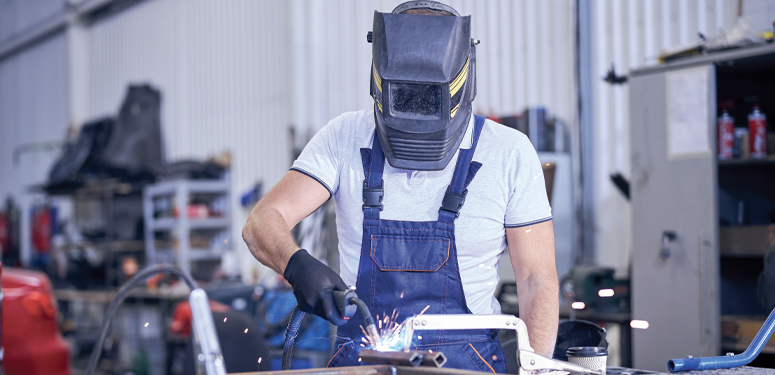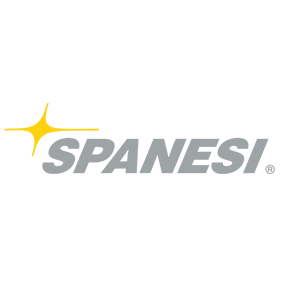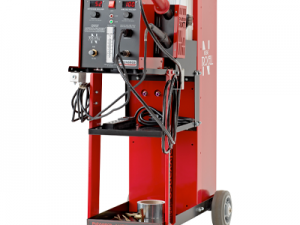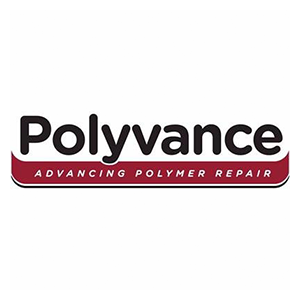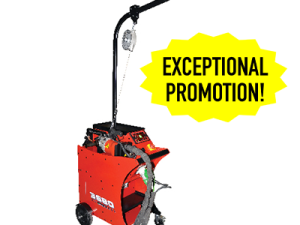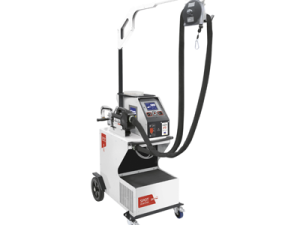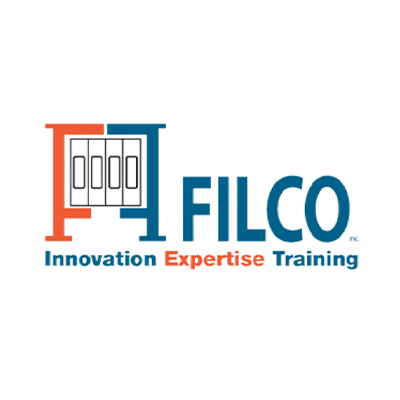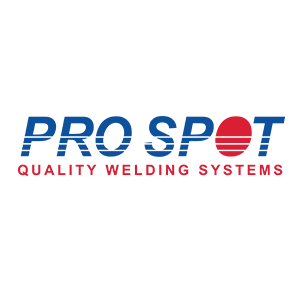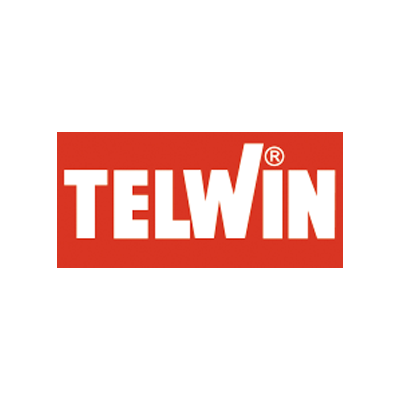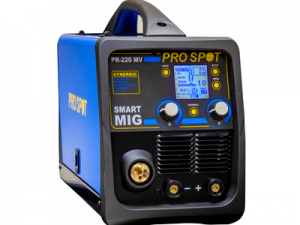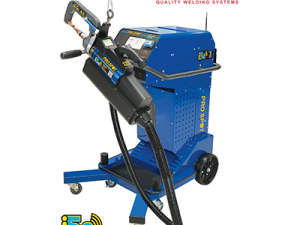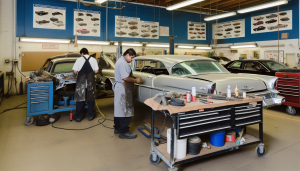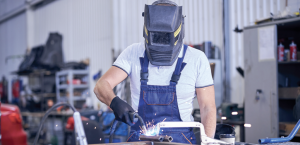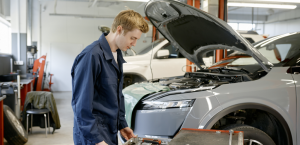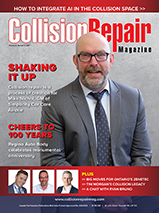AN ELECTRIFYING EXPANSION
PREPARING FOR AN ECO-FRIENDLY FUTURE
THIS YEAR, I-CAR AND THE CANADIAN WELDING BUREAU (CWB) HAVE JOINED FORCES TO FURTHER EXPAND WELDING TRAINING ACROSS CANADA SO THAT TECHNICIANS ARE PREPARED FOR CONTINUED FUTURE CHANGES.
Welding has come a long way since it was first invented 5000 years ago. While resistance spot welding may still be a time-tested and favoured method, advances in welding technology and tools continue to propel the industry forwards and prove that welders have both a long history of being in demand, and an equally bright future.
Today, welding technology continues to evolve with advancements in materials and automation. Robotic welding systems have expanded where precision and consistency are needed in the automotive industry. With advances in ecological standards, welding has had to develop unique solutions and processes to clear environmental hurdles. One area where this is most seen in today’s market is in the continued push towards automotive electrification.
According to I-CAR, taking precautions when welding an electric or hybrid vehicle is paramount. When performing welding work on an EV, remember to disconnect both the 12-volt battery and the high-voltage battery service to avoid damaging internal battery cells (as well as a potential shock). In this regard, laser welding can help provide the speed and precision required for delicate electrical work.
This year, I-CAR and the Canadian Welding Bureau (CWB) have joined forces to further expand welding training across Canada so that technicians are prepared for continued future changes.
Through this partnership, CWB will lend the use of its training facilities in Milton, Ontario and Nisku, Alberta while I-CAR Canada will offer its nationwide training instructors.
The goal of this initiative is to ensure that welding training from I-CAR Canada will be accessible to all Canadians in a timely manner.
Other training initiatives have seen augmented reality programs offering improvements in the efficiency, efficacy and safety of welding training. According to CWB’s “State of the Industry” Report released early this year, “augmented reality training and programs are thought to deliver a 34 percent increase in the number of certified welders, when compared to traditional methodology.”
Change is inevitable, but as an industry that has weathered over 50 centuries, welding is one that continues to embrace and grow with the times. Check out some tools to add some positive changes to future work.
-

14500A Welding Machine
Read more0 out of 5 -


8203 Nitro-Fuzer plastic welder
Read more0 out of 5 -

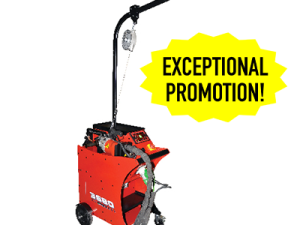
60-3680 TECNA Automatic Smart Inverter Resistance Spot Welder
Read more0 out of 5 -


Gyspot Inverter Evolution PTI-S7
Read more0 out of 5 -

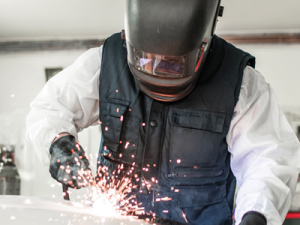
Automotive Repair Technician Welding Program
Read more -

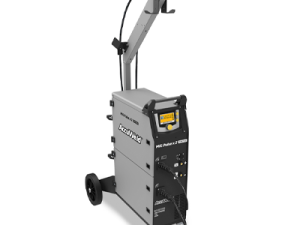
60-TM742 Pulse MIG welder
Read more0 out of 5 -


NP-3 | Nitrogen Plastic Welder
Read more0 out of 5 -

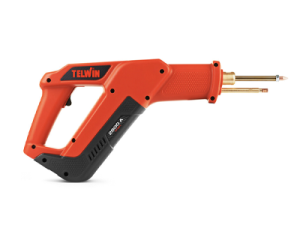
Telwin® Battery Puller
Read more0 out of 5 -


PR-220 MV (Multi Voltage)
Read more0 out of 5 -


Smart Spot Welder 60-3664P
Read more0 out of 5 -


AccuWeld Pulse MIG welders
Read more0 out of 5 -

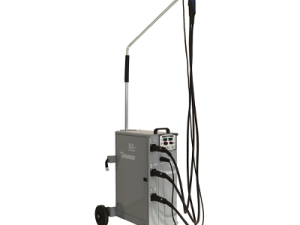
Q5.2 Inverter
Read more0 out of 5 -


i5s – SMART SPOT WELDING SYSTEM
Read more0 out of 5



